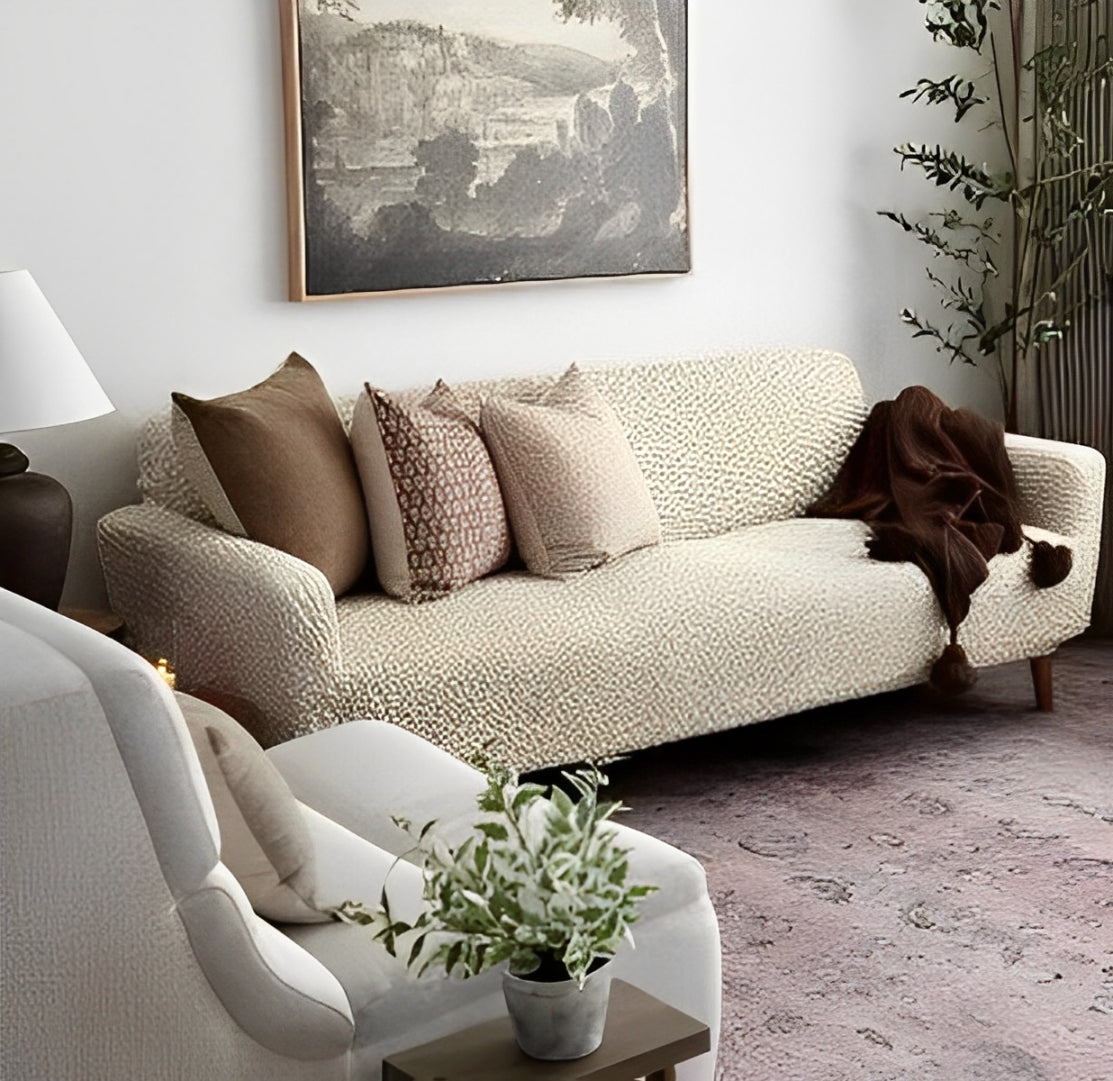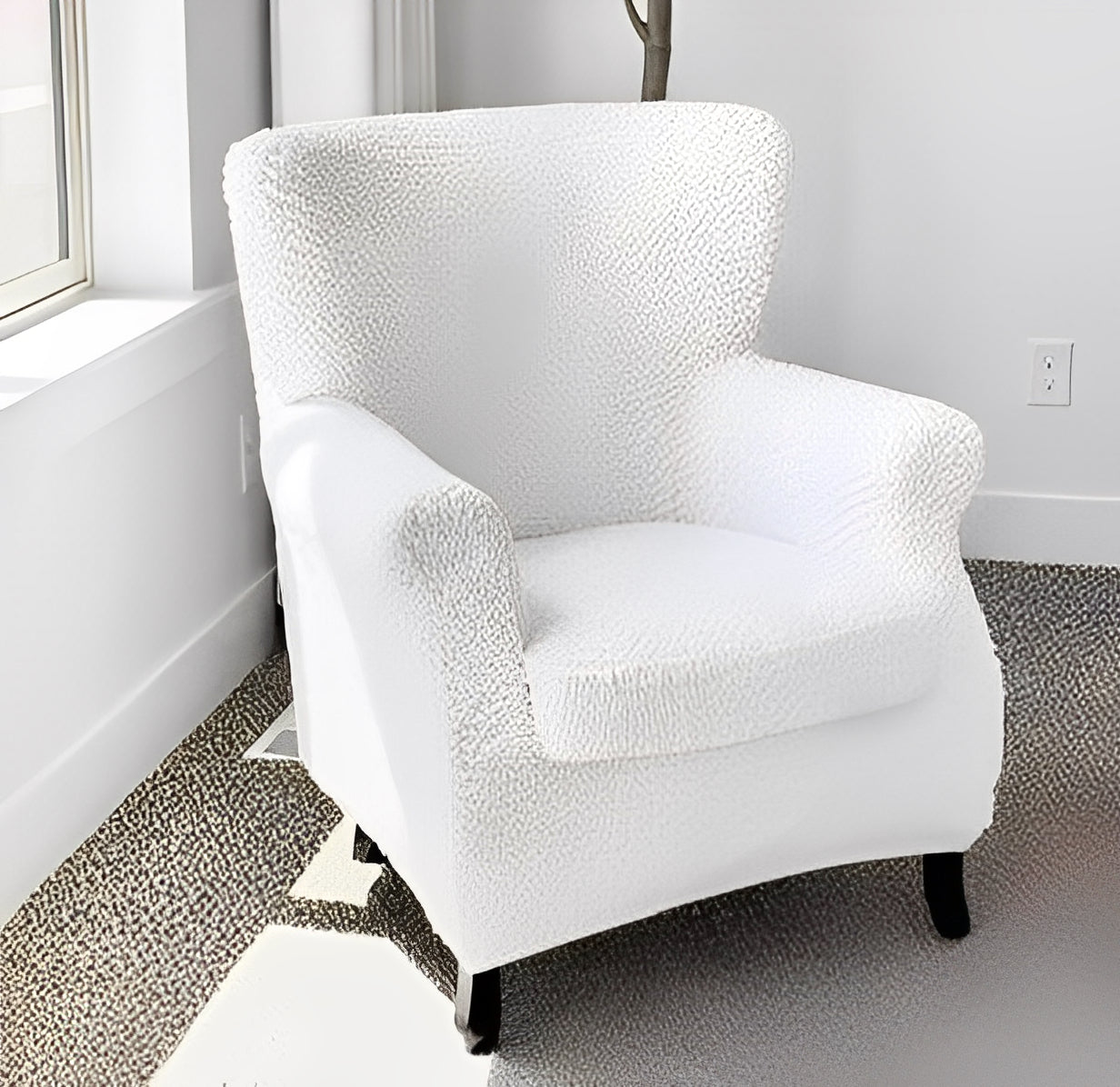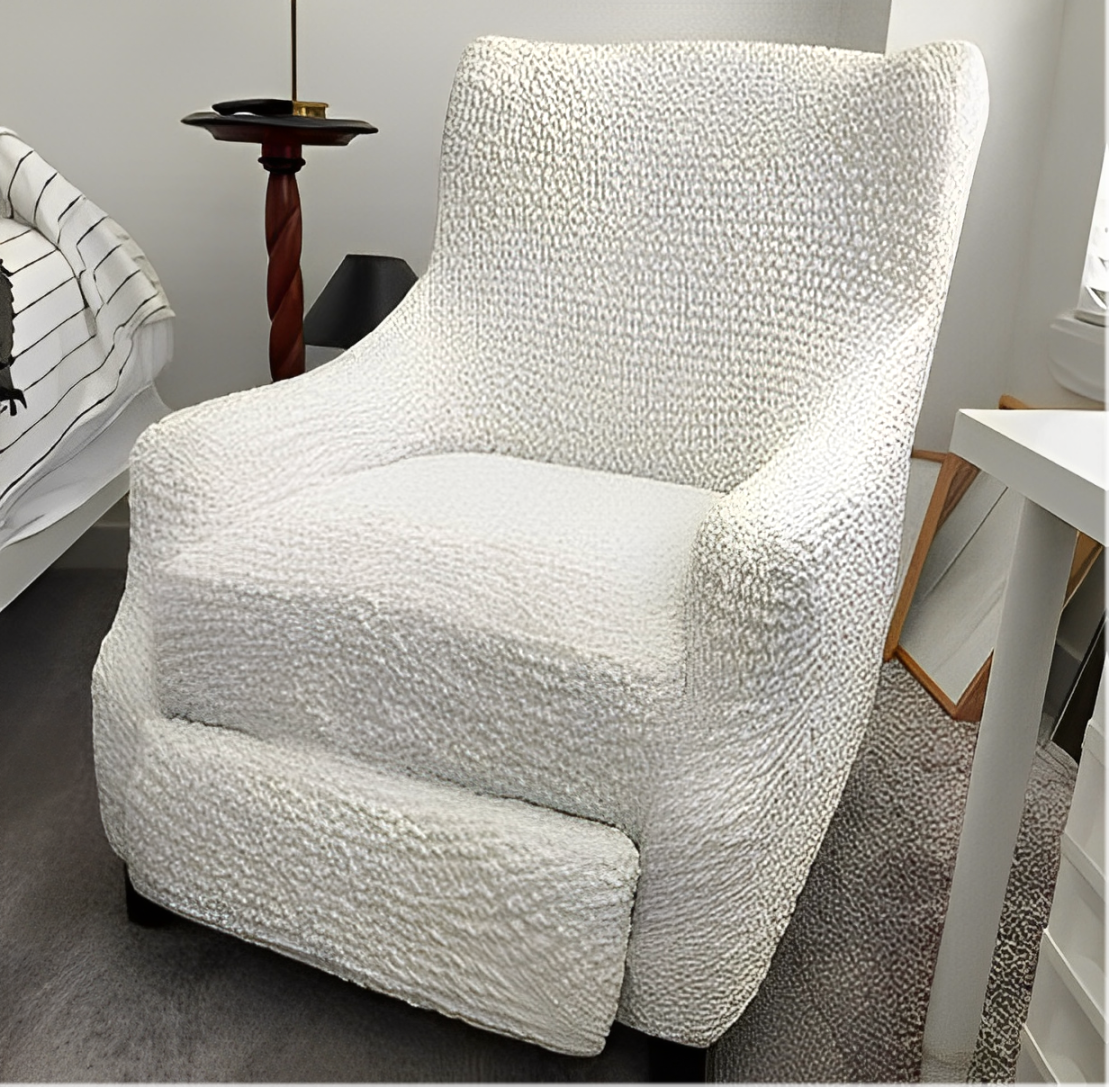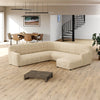Many households have embraced wicker furniture for its enduring grace and versatility. Its intricate weaves and natural charm impart a sense of warmth and individuality to any setting. Nevertheless, to ensure the impeccable condition of your pieces, they necessitate proper care and attention. This guide will cover wicker chair repair, the nuances of its upkeep, and restoration, enabling you to cherish your wicker furniture for years to come.
Understanding the Types

Before you start the wicker repair process, it's important to understand the different types of wicker. This knowledge will help you approach your care techniques.
Natural Wicker
Rattan:
Known for its durability and flexibility, rattan is ideal for creating intricate designs. It has a natural, earthy look that complements various decor styles. This material is recognized for its strength and ability to withstand daily use, so it's best to invest in restoring rattan furniture.
Bamboo:
Noted for its fast growth and sustainable nature, bamboo is increasingly used in the production of wicker furniture. It offers a lightweight, eco-friendly option with a distinct, rustic appearance. Bamboo is just right for outdoor daily use due to its natural moisture-resistant features.
Willow and Reed:
These materials have a softer, more flexible texture, allowing for delicate and intricate weaving patterns. Furniture made from willow and reed wicker projects an air of elegance and sophistication, often seen in high-end pieces. However, they require careful handling and protection from excessive moisture.
Synthetic Wicker
Polyethylene:
This material is designed to imitate the look of natural wicker while providing exceptional durability and weather resistance. It's an excellent choice for outdoor furniture exposed to harsh elements such as direct sunlight, rain, and temperature changes. Polyethylene wicker comes in a wide range of colors and finishes, making it a highly customizable solution for any interior design.
The Benefits of Wicker Furniture

Wicker furniture has attracted homeowners for generations because of its many advantages:
Easy to Move and Flexible:
Known for its portability, wicker furniture allows you to easily change your space. Its light weight makes it simple to rearrange pieces, adapting to your lifestyle and the changing seasons.
Attractive Appearance:
Whether you prefer a classic or a modern look, wicker furniture offers a wide variety of design options to suit your preferences. The intricate weave patterns and the use of natural or synthetic materials create a warm and welcoming ambiance.
Long-Lasting:
With proper care, wicker furniture can endure through the years. While natural materials may need more attention, synthetic materials are inherently resistant to wear and tear for a long time, making them perfect both for indoor use and outside areas.
Comfortable:
The woven structure of wicker furniture provides exceptional comfort and support. Whether you're relaxing in a wicker armchair or dining at a wicker dining set, you can enjoy style and coziness.
Indispensable Care Tips

To preserve the quality and durability of your natural wicker furniture, periodic cleaning and care are vital.
Routine Cleaning:
- Before wicker restoration, lightly wrung-out cloth or a paint brush to avoid the accumulation of dirt and keep the wicker's beauty. Focus on complex patterns and folds where dust tends to accumulate.
- For deeper cleanup, use a floor vacuum with a brush head on low suction to get rid of dirt. Be cautious not to damage the delicate wicker strands.
- For stubborn stains or accumulated grime, prepare a mild cleaning solution by mixing a few drops of mild dishwasher soap with some warm water. Dip a soft cloth or sponge into the cleanser, wring out excess moisture, and gently wipe down the wicker. Carefully flush with fresh water and dry completely. For more stubborn stains, a diluted white vinegar solution can be effective.
Maintenance Tips:
- To safeguard your wicker furniture, place it under a cover when you don't use it. This will avoid any fading, color loss, and damage from sunlight, rain, and sand.
- Periodically clean and dry cushions to prevent mildew and stains. For outdoor pieces, opt for weather-resistant fabrics and store them indoors during inclement weather to prevent frequent wicker patio furniture repair.
- Maintain a stable indoor climate to protect natural wicker from extra humidity, which can cause distortion or mold growth. Use dehumidifiers if necessary.
- Getting premium-quality furniture covers is essential, especially for outdoor wicker furniture. But even in a room, good sofa slipcovers keep the furniture safe from any factors that can accelerate wear and tear.
Drying Wicker Furniture Properly
Here are a few advice to dry your pieces correctly:
Immediate Steps:
- Blot Excess Water: If you have spilled liquid on your wicker piece of furniture, immediately blot the excess water with an absorbent cloth. Avoid friction as this can cause liquid to flow and destroy the wicker.
- Good Ventilation: Place the unit in a cool, airy location to allow for maximum airflow. This helps evaporate moisture quickly.
- No Direct Heat: While it might be tempting to speed up the drying process with a hair dryer or heater, this can damage the wicker. Direct heat can cause the material to dry out too quickly, resulting in cracking or deformation.
The Main Process:
- Natural Drying: The best method is to let the wicker furniture air dry naturally. This process might take some time, but it is the safest way to ensure that it dries evenly.
- Direct Sunlight Protection: While sunlight is a natural drying agent, too much of it may cause the wicker to fade and become brittle. Opt for indirect sunlight or shade during the drying process.
- Check for Moisture: Frequently review your furniture pieces for moisture. You can gently press on the wicker to see if it is still damp. Once it feels completely dry to the touch, you can return it to its usual place.
Quick Drying Hack: If you need to speed up the drying process a bit, you can use a fan to circulate air around the furniture. However, keep the fan at a moderate speed to avoid damaging the wicker.
How to Repair Wicker Furniture?

Even with careful maintenance, all the pieces may face some occasional damage. Here are some common tips on how to fix wicker furniture you can undertake:
Tightening Loose or Sagging Wicker Strands:
- Identify the loose strands and assess the extent of the problem.
- Gather the necessary tools: a small flathead screwdriver, wood glue, and pliers.
- Put a little bit of glue on the underside and gently lift the slack strands using the screwdriver.
- Press the strands firmly back into place and use pliers to adjust and tighten them as needed.
- Allow the glue and hang the piece in a well-ventilated area to dry completely before using it.
Replacing Broken or Damaged Wicker Strands:
- Use a pair of pliers or spray adhesive to safely disconnect the broken strands.
- Clean the area to remove any debris or glue residue.
- Cut replacement strands that match the original material in thickness and color.
- Weave the new strands into the existing pattern, ensuring a secure fit.
- Apply wood glue to the ends of the new strands where they meet the frame and allow it to dry completely.
Reinforcing Weak Areas:
- Strengthen weak sections with extra wicker strands for increased sturdiness. This can help prevent future damage and extend the life of your furniture.
Bringing Your Wicker Pieces to Life
With proper care, attention to detail, and a touch of style, you can restore dried-out wicker furniture to its natural beauty. Embrace the joy of revitalizing your wicker and creating a space that reflects your style and comfort.











